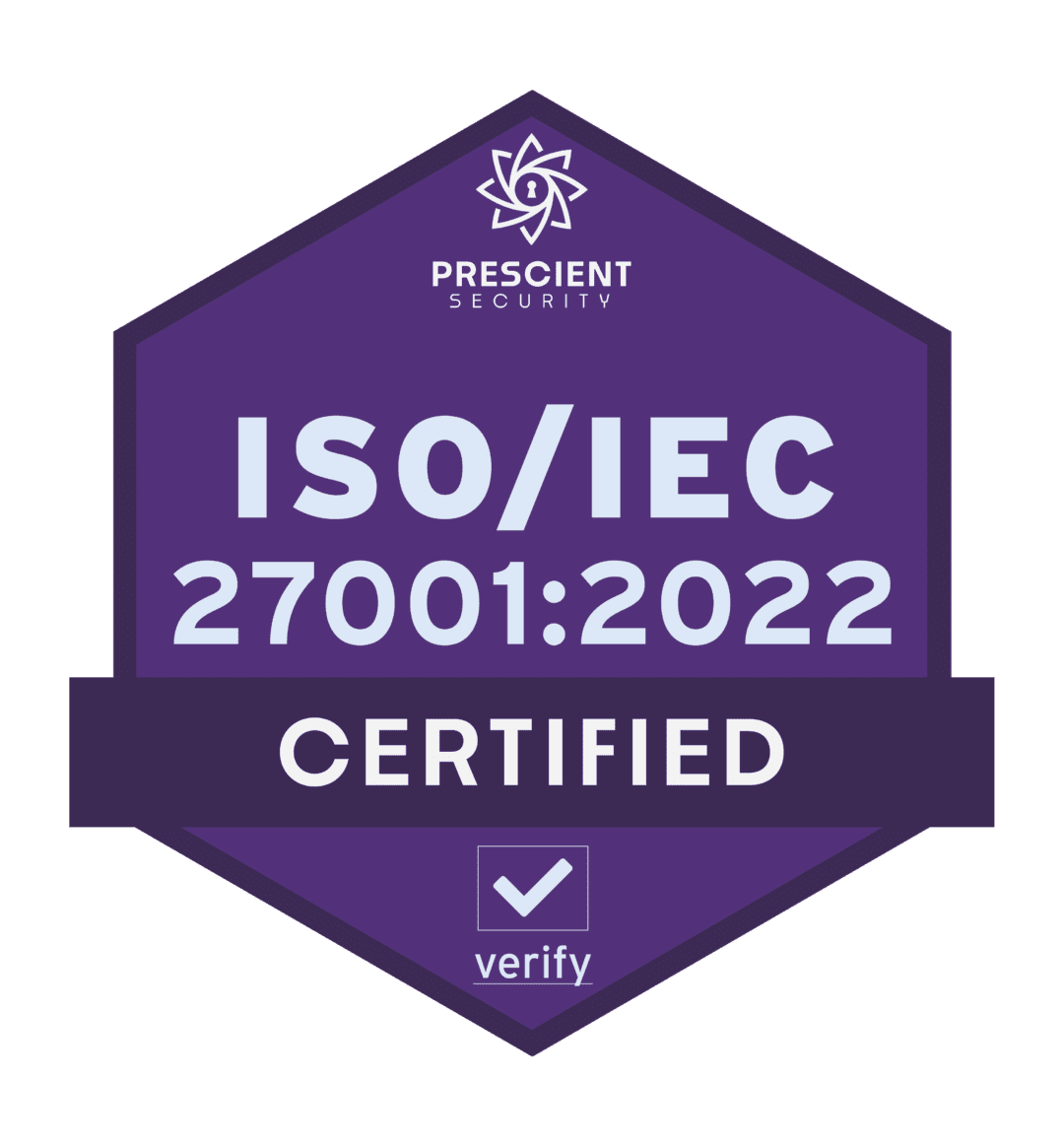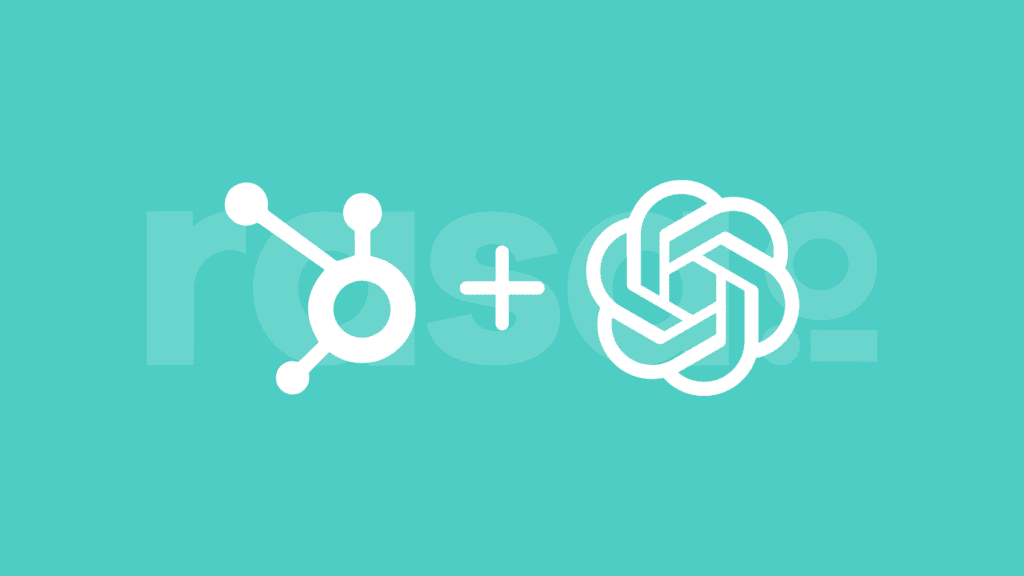Change can be tough for organizations, no matter the shape or size
Oftentimes associations understand the importance of change and adaptation to stay relevant to their communities. But, that doesn’t mean they have the cultural foundation or structural bandwidth to plan and implement these adaptations.
Large and even small organizations can be slow to implement new processes and technologies. That can lead to negative implications for membership renewals and revenue generation. Challenges to implementing new technologies can range from board-member opposition to resistance against abandoning “business as usual” comforts.
Every change management project is its own beast. But there are some recurring challenges that can lead to their failure. Below are some common obstacles most customers face, along with suggestions for combating those challenges.
Challenge 1: Your colleagues don’t understand why change is necessary
The unfamiliar is uncomfortable. Your team may not understand why things need to change, and that is difficult to overcome. It is a resistance that can be rooted in the organizational culture. To combat this mindset, consider adapting your culture from the top down. This means being brutally honest with yourself and asking, “Who are we and how do we ultimately achieve our organization’s overarching purpose?”
When you examine who you are, how you operate, and the purpose that your association’s brand ultimately stands for, you’ll start to see where you’re coming up short. Then the hard work of identifying who you want to become and how you want to get there can begin. Your organization’s purpose should guide the change management project you want to ultimately take on.
Challenge 2: Some team members feel left out of the decision process
Employees who are going to have the responsibility to implement the change you seek need to feel they are a part of that change. Give them a sense of responsibility and ownership throughout the lifecycle of the project. One effective strategy is to have your team’s first exposure to your change project be a sincere request for their input and opinions from the beginning. Keeping everything behind closed doors until you are ready to unveil some sweeping new change project can breed skepticism.
Instead, get your team members involved in the original planning of the change project. You can gather opinions through workshops, meetings, surveys, or whatever data gathering process your organization prefers. Also, you can mine the invaluable thoughts and opinions of your association members and team members on a continual basis. They are integral to the success of change-implementation, and it is imperative for you to know what they think of your performance, culture and operations.
Challenge 3: Your team is skeptical due to a history of change management failures
Cynicism towards sweeping change is entrenched in many association cultures. It can come from all parts of the association, from your front line team members to the more tenured members of the board and c-suite who are settled into old routines. Swallowing new strategies can be difficult if there are memories of past project failures and the existing culture doesn’t embrace experimentation.
For this reason, you need to be prepared for those difficult conversations. Research is your most powerful tool. Make your case with data and real-world case studies to appeal to both pathos and ethos. Once you get people on board, if you’ve truly convinced them, then the change will come from the inside out.
Act on your approach to change: start small, think big
The “start small, think big” approach absolutely applies here. Starting with a small seed of change and culture readjustment can have ripple effects throughout the association. But in order for that to happen, you need to get everyone in your smaller circle of influence on board. Even if “starting small” is appropriate for your association, eventually, you’re going to need to have 100 percent of your people on board.
Everyone should be invested in the success of this change, from the most senior board members to the newest hires. Another department that might require special attention to educate and influence is human resources. It may seem obvious, but many people overlooked HR when focusing on other employees; however, their buy-in is absolutely critical.
Attitude and behavior are intertwined. But with the help of change makers who take action and hold people accountable, you can make broad strides. Being cognizant of these three challenges and how to avoid them at your particular association is key to reinforcing change that is purpose-driven and resilient.
Just start to experiment
At rasa.io, we are constantly encouraging our customers to just take the first step. Try something new. We try to make the implementation of the rasa.io news brief as easy as possible. It takes only a little time to begin to send your members personalized news, and the risk is low. Learn about how you can begin to experiment with our technology today.











